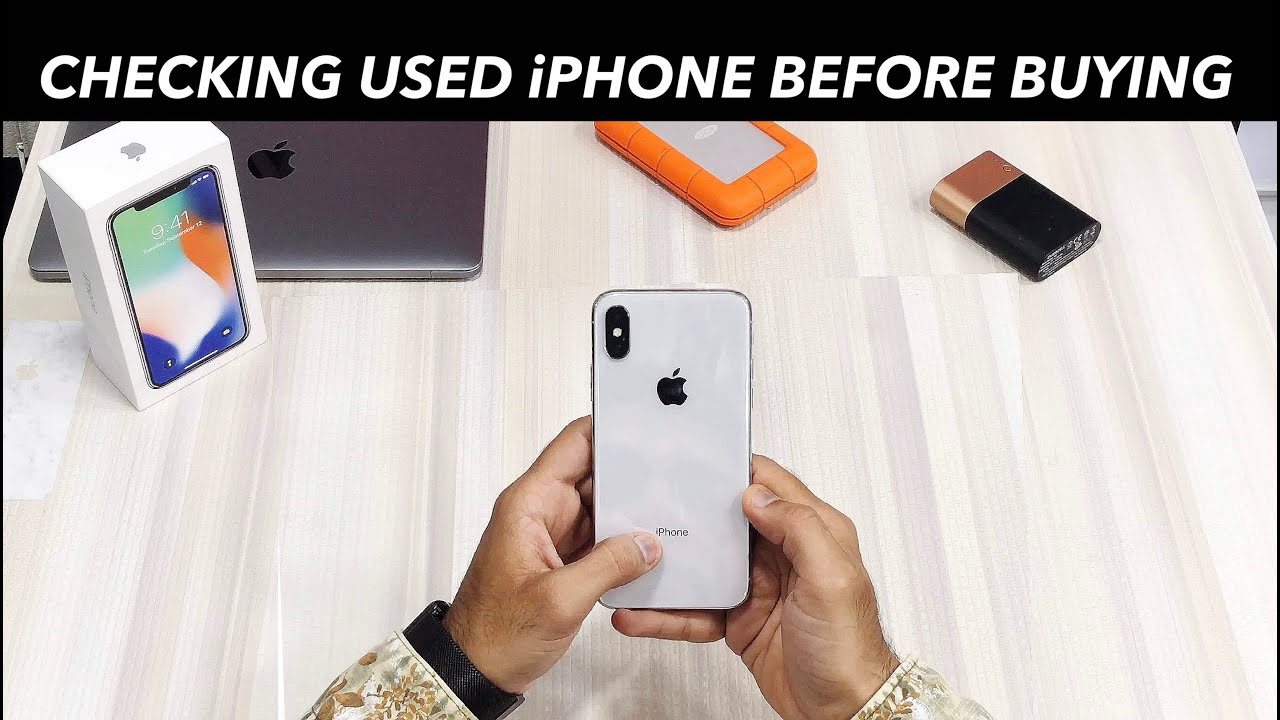Buying a second hand iPhone is a great way to save money, but it’s important to do your research. You’ll need to make sure that the phone you’re buying is safe and has all of the features you want.
It’s also important to check the warranty and verify that the seller has removed Activation Lock. These are simple steps that will help you ensure that you’re getting a good deal on a used iPhone.
Check the Warranty
When you buy a second hand iPhone, it is important to check its warranty status. This will help you determine whether it is covered under the standard Apple warranty or the extended AppleCare+ warranty.
You can do this by typing the serial number from your device into the Apple warranty tracker website. You can also find this information on the receipt for the phone.
Like new devices, second hand iPhones have good coverage from Apple for the first three months and the option to extend it with an AppleCare+ plan. This also includes 90 days of telephone support from an Apple Advisor.
Inspect the Phone in Person
If you are buying a used iPhone, it is always best to inspect it in person. This way you can test the phone’s quality and ensure that you are not getting ripped off.
Check for dents, cracks and scratches in the chassis. This is a sign that the phone was damaged before and might be difficult to repair.
Similarly, test the screen for any issues like dead pixels and burn-in. Both of these are common problems that can affect the overall performance of the iPhone.
Next, test the physical buttons on the phone to ensure that they are working properly. Also, check for any sticky buttons or scuffs on the screens.
Check the Battery
When buying a used iPhone, make sure that the battery is in good shape. If it’s not, you may be in for a big headache later.
To check the battery on your second hand iPhone, go to Settings and tap Battery Health. If it’s under 80 per cent, the battery may need replacing.
You can also use an app called coconutBattery to get more detailed information about the battery’s status. This tool works on iOS devices and provides details like its full charge capacity, design capacity, cycle count, and more.
Check the Physical Buttons
As the only physically moving part in most modern technology, buttons can be a point of failure or a source of damage.
Buttons are also prone to liquid entry, so check for signs of rust or corrosion around the home button and its mounting bracket.
If you see any sign of liquid damage, you may have a broken logic board or other problem that will need to be fixed in a more permanent way.
The physical buttons on the iPhone are essential for a lot of everyday functions, like adjusting the phone’s volume and locking/unlocking it. So, if you’re buying a second hand iPhone, it’s important to make sure they function correctly and feel good to press.
Check the Camera
Whether you’re buying a new or used iPhone, it’s important to check its camera. The camera is an integral part of iOS and a nongenuine camera could cause compatibility and performance issues.
First of all, ask the seller to take some pictures with the camera. This way, you can check if the camera is still working properly and if it takes clear photos.
Second, you should test the shutter with burst mode. Keep taking photos until the shutter reaches 100 shots, and then review them.
Another thing to look for is if there are any dark spots in the images. These spots are usually proof of sensor scratches. If the camera has any spots, make sure to get them removed before you buy it.

